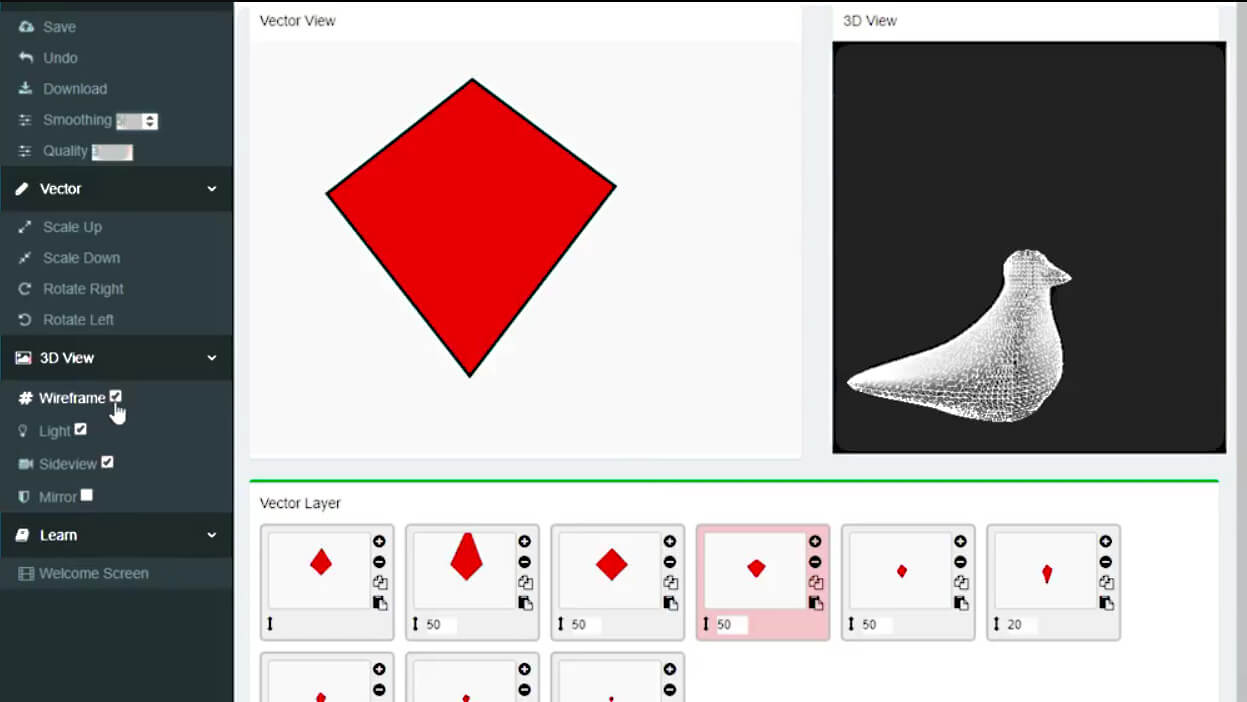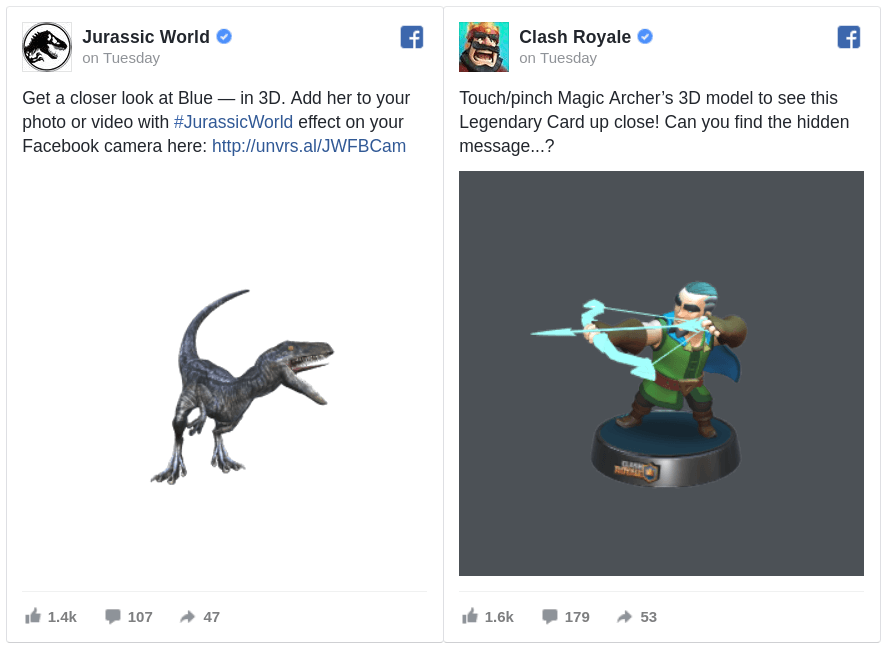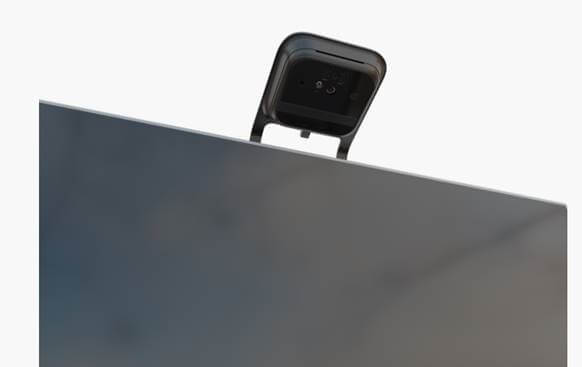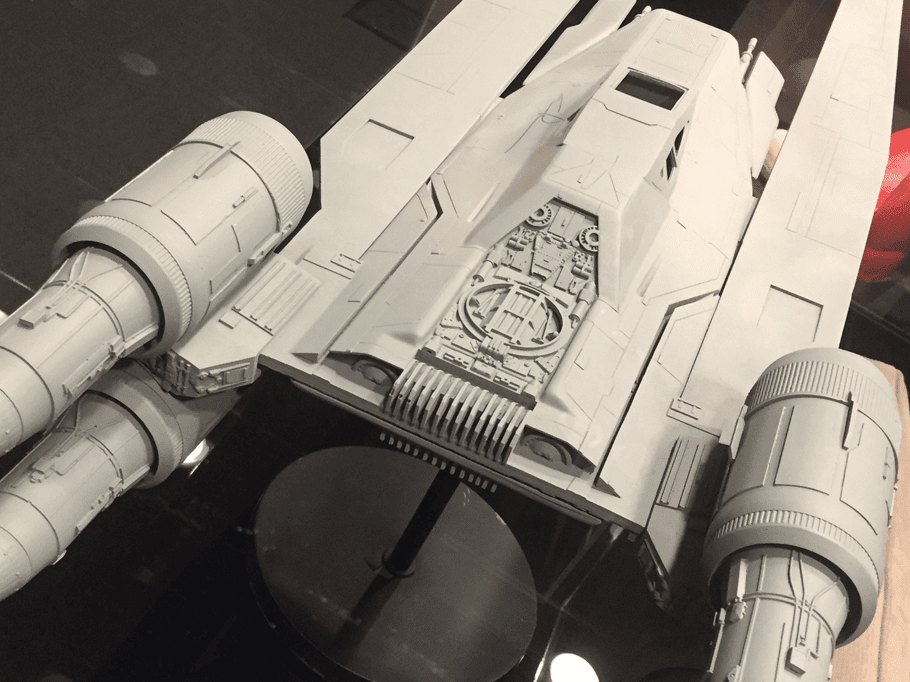Schlagwort: 3d modeling
-

8 Most Common 3D File Formats – Simply Explained
Reading Time: 24 minutesWhich 3D file formats are there? How do they compare? What should you use? We simply explain the 8 most common 3D file formats used today: STL, OBJ, FBX, COLLADA, 3DS, IGES; STEP, and VRML/X3D. A 3D file format is used for storing information about 3D models. You may have heard of the most…
-

PlastiSketch Debuts Alternative 3D Modeling Method Using Vectors
Reading Time: 2 minutesPlastiSketch offers a new method of 3D modeling that is an alternative to established tools. It is designed for those that want to create sculpted 3D objects, but lack the artistic finesse required by the likes of Zbrush and Blender. In explaining his new creation, PlastiSketch, Marcel Urbanek also describes his personal…
-

Facebook Supports New Format for Interactive 3D Model Uploads
Reading Time: 2 minutesYou can now digitally sculpt a 3D model and upload it straight to Facebook to share with your friends. In addition, Facebook is now offering support for higher-quality glTF 2.0 files. Facebook introduced 3D posts in October last year, enabling users to upload interactive models for their network to enjoy. For next…
-

HP Z 3D Camera Offers HP Sprout’s 3D Scanning Capabilities For a Fraction of the Price
Reading Time: 3 minutesAt CES, HP released a new “Z 3D Camera” which offers the 3D scanning capabilities of the Sprout Pro PC in a portable camera accessory. It attaches to your computer monitor and can help you scan 3D items in no time. At CES 2018, HP Inc. has announced its new Z 3D Camera.…
-

Star Wars Models Made by Zortrax Machines
Reading Time: 3 minutesA lot of work goes into creating Star Wars models like the U-Wing and the Resistance Bomber. For that, model maker Alexander Hutchings trusts Zortrax machines. Alexander Jay Hutchings is a model maker who’s worked on a number of Blockbuster films, such as Rogue One, the Force Awakens, and The Mummy. While…
-

Amazing Technology That Can Extract 3D Objects from 2D Photos
Reading Time: < 1 minuteAlways wanted to created real 3D models from flat 2D pictures? If so, then „3 Sweep“ is just for you. Users will not only be able to „just extract them, but then manipulate them, transform them, copy them, and move them around the image.“ You get the feeling that this is…





